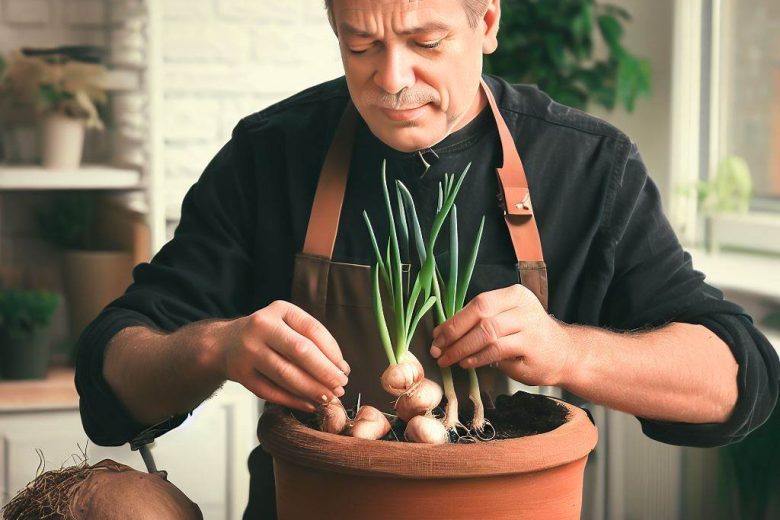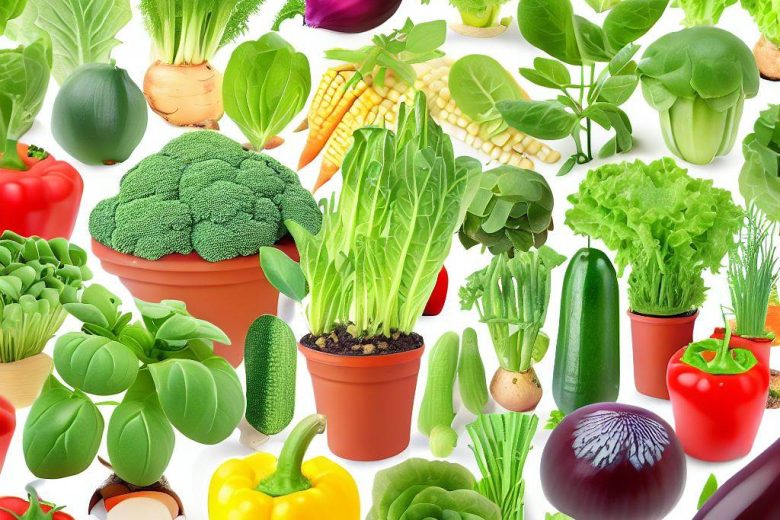Rhododendrons are cherished for their stunning floral displays and lush, evergreen foliage, making them a popular choice for gardens worldwide. However, like any plant, rhododendrons can face various challenges, one of the most perplexing being leaf curl. This phenomenon, where leaves curl and distort, can signal underlying issues that, if not addressed, could compromise the health and beauty of these beloved shrubs.
Understanding the causes and remedies for rhododendron leaf curl is crucial for maintaining the vigor of your plants. Leaf curl can result from a range of factors, including environmental stress, pest infestations, fungal infections, and nutrient deficiencies. Each cause requires a specific approach to effectively manage and resolve the issue, ensuring that your rhododendrons remain vibrant and healthy.
In this comprehensive guide, we will be looking at the various reasons behind rhododendron leaf curl and provide practical, actionable solutions to tackle each problem. Whether you’re a seasoned gardener or new to cultivating rhododendrons, this guide will equip you with the knowledge to diagnose and treat leaf curl, helping your plants thrive and flourish.
Environmental Stress Factors
Cold Weather Stress
One of the primary causes of leaf curl in rhododendrons is cold weather stress. Rhododendrons are generally hardy, but sudden drops in temperature, especially during late spring frosts or early fall cold snaps, can cause the leaves to curl as a protective response.
Solution: To protect your rhododendrons from cold weather stress, consider mulching around the base of the plants to insulate the roots and maintain a more stable soil temperature. Additionally, using frost cloths or burlap can shield the plants during unexpected cold snaps. Ensure your plants are adequately hydrated going into winter, as dry plants are more susceptible to cold damage.
Heat Stress
Conversely, excessive heat can also lead to leaf curl in rhododendrons. High temperatures, especially when combined with insufficient water, can cause the leaves to curl and scorch as the plant attempts to conserve moisture.
Solution: Provide shade during the hottest parts of the day by planting rhododendrons in locations that receive morning sun and afternoon shade. Mulching can also help retain soil moisture and keep the roots cool. During periods of extreme heat, increase watering frequency, but avoid waterlogging the soil.
Watering Issues
Both overwatering and underwatering can cause rhododendron leaves to curl. Overwatering can lead to root rot, while underwatering stresses the plant, leading to curling leaves.
Solution: Ensure that your rhododendrons are planted in well-draining soil. Water the plants deeply and consistently, especially during dry spells, but allow the soil to dry out slightly between waterings. Monitoring soil moisture and adjusting your watering schedule as needed is essential for maintaining plant health.
Pest Infestations
Aphids
Aphids are small, sap-sucking insects that can cause significant damage to rhododendrons, leading to curled and distorted leaves. These pests feed on the plant’s sap, weakening it and causing leaves to curl and yellow.
Solution: Regularly inspect your rhododendrons for aphids, especially on new growth. If aphids are present, you can use insecticidal soap or neem oil to control the infestation. For severe cases, introducing natural predators like ladybugs can help manage the aphid population.
Spider Mites
Spider mites are tiny, spider-like pests that thrive in hot, dry conditions and can cause rhododendron leaves to curl, discolor, and drop prematurely.
Solution: Increase humidity around your plants by misting them regularly or using a humidity tray. Introduce beneficial insects such as predatory mites to control spider mite populations. Insecticidal soaps and miticides can also be effective in severe infestations.
Vine Weevils
Vine weevils are notorious for damaging rhododendrons by feeding on the roots, which can lead to symptoms like leaf curl and overall plant decline.
Solution: Inspect your plants for adult weevils and their larvae. Apply beneficial nematodes to the soil to target the larvae, and use barriers or traps to reduce adult weevil populations. In severe cases, insecticides specifically designed for vine weevils may be necessary.
Fungal and Bacterial Infections
Fungal Diseases
Fungal infections such as powdery mildew and rust can cause rhododendron leaves to curl and deform. These infections thrive in humid conditions and can spread rapidly if not controlled.
Solution: Improve air circulation around your rhododendrons by pruning overcrowded branches and ensuring proper spacing between plants. Remove and dispose of any infected leaves promptly. Fungicides can be used as a preventive measure or to treat existing infections.
Phytophthora Root Rot
Phytophthora root rot is a serious fungal disease that affects rhododendrons, leading to symptoms such as leaf curl, wilting, and plant decline. This disease is often caused by poorly draining soil and excessive moisture.
Solution: Ensure your rhododendrons are planted in well-draining soil and avoid overwatering. If root rot is suspected, remove affected plants and improve soil drainage before replanting. Fungicides may help control the spread of the disease, but prevention is the best strategy.
Bacterial Blight
Bacterial blight, caused by Pseudomonas syringae, can cause rhododendron leaves to curl, blacken, and die back. This disease is often spread by water splash and thrives in wet, cool conditions.
Solution: Prune and dispose of infected plant parts promptly. Avoid overhead watering and ensure good air circulation around your plants. Copper-based bactericides can be used to control the spread of bacterial blight.
Nutrient Deficiencies
Nitrogen Deficiency
A lack of nitrogen can cause rhododendron leaves to curl, yellow, and drop prematurely. Nitrogen is essential for healthy foliage growth, and a deficiency can weaken the plant.
Solution: Apply a balanced, slow-release fertilizer designed for acid-loving plants like rhododendrons. Follow the manufacturer’s instructions to avoid over-fertilizing, which can harm the plant.
Magnesium Deficiency
Magnesium is another crucial nutrient for rhododendrons. A deficiency can cause interveinal chlorosis (yellowing between the veins) and leaf curl.
Solution: Use Epsom salts (magnesium sulfate) to correct magnesium deficiencies. Dissolve one tablespoon of Epsom salts in a gallon of water and apply it to the soil once a month.
Iron Deficiency
Iron deficiency often manifests as yellowing leaves with green veins, known as chlorosis, and can also cause leaf curl. This condition is common in alkaline soils where iron availability is limited.
Solution: Acidify the soil with sulfur or use chelated iron supplements to improve iron availability. Regular soil testing can help monitor pH levels and nutrient availability.
Conclusion
Rhododendron leaf curl is a multifaceted issue that can stem from environmental stress, pest infestations, fungal and bacterial infections, and nutrient deficiencies. Understanding the specific cause of leaf curl in your rhododendrons is essential for implementing the right solution and restoring your plants to health.
By addressing environmental factors, such as temperature extremes and watering practices, you can prevent many cases of leaf curl. Regular monitoring and proactive pest management will help keep your plants free from damaging insects. Proper soil care and nutrient management will ensure that your rhododendrons receive the necessary resources to thrive.
In summary, maintaining healthy rhododendrons involves a balanced approach that includes proper cultural practices, vigilant pest and disease control, and appropriate nutrient management. With the right care and attention, you can enjoy the beauty and resilience of rhododendrons in your garden, free from the challenges of leaf curl. Happy gardening!
FAQs
1. How can I prevent leaf curl in my rhododendrons?
Prevent leaf curl by ensuring proper watering practices, protecting your plants from temperature extremes, and regularly inspecting for pests and diseases. Providing adequate nutrients and maintaining good soil health are also crucial.
2. What should I do if I find aphids on my rhododendrons?
If you find aphids on your rhododendrons, use insecticidal soap or neem oil to control the infestation. Regularly inspect your plants and consider introducing natural predators like ladybugs to help manage the aphid population.
3. How often should I fertilize my rhododendrons?
Fertilize your rhododendrons with a balanced, slow-release fertilizer designed for acid-loving plants in the early spring and again in late summer. Follow the manufacturer’s instructions to avoid over-fertilizing.
4. Can leaf curl be a sign of overwatering?
Yes, leaf curl can be a sign of overwatering, as excessive moisture can lead to root rot and stress the plant. Ensure your rhododendrons are planted in well-draining soil and allow the soil to dry out slightly between waterings.
5. How can I improve soil drainage for my rhododendrons?
Improve soil drainage by adding organic matter such as compost or well-rotted manure to the soil. Planting in raised beds or containers with adequate drainage holes can also help. Regularly aerate the soil to prevent compaction and promote healthy root growth.



